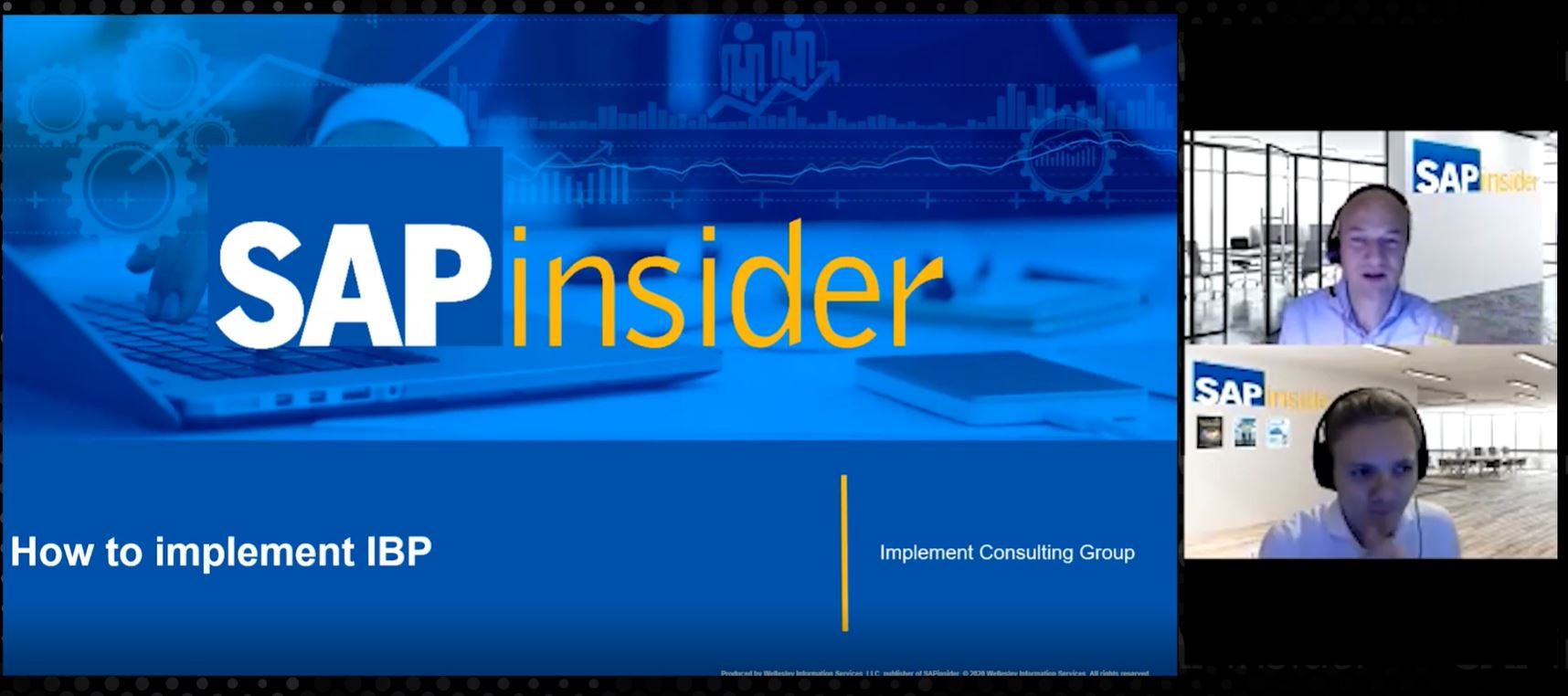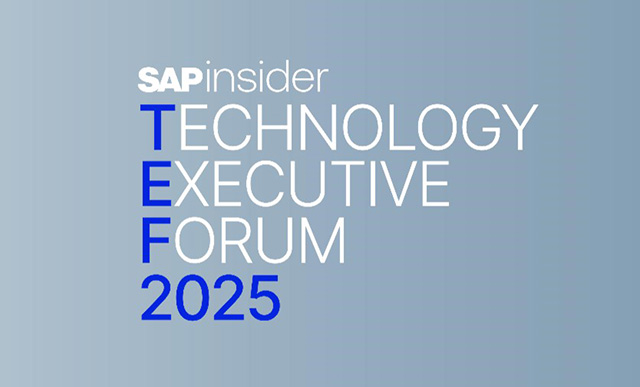Traditionally, planning in the supply chain has been to develop a comprehensive strategy to ensure timely and effective movement of goods and services from suppliers/producers to their customers. Today, the role of planning has expanded. Planning interacts across all supply chain functions—it is the centralnervous system of a supply chain and plays a crucial role across a product lifecycle. This includes designing,sourcing, manufacturing, delivering, operating, returning, and recycling/refurbishing. The quality of planning eventually drives the customer experience and supply chain’s efficiency and effectiveness.

Disruptions in the supply chains have the potential to recur more often than ever, but planning increases supply chain resiliency and allows organizations to manage disruptions. Macroeconomic conditions are changing, and each geography faces its unique challenges. A well-defined planning process and connected, integrated, and cognitive planning tools to address these disruptions becomes crucial for organizations.
Effective planning ensures that the right products are designed, sourced, produced, transported, delivered, returned, and refurbished to the right place, time, and cost. Planning significantly impacts customer experience,efficiency, and effectiveness, and directly impacts an organization’s competitiveness.
Below are the latest trends in different planning functions and the growing importance of planning in supply chainmanagement.
Demand Forecasting and Planning: Today, demand planning incorporates advanced statistical techniques, machine learning, and operations research to predict demand and manage uncertainty. It is increasingly common to see planning teams having data scientists and software providers in this field leveraging AI for their products. Organizations are increasingly embracing demand sensing as a powerful extension to statistical forecasting as it uses the power of machine learning, pattern detection, and external signals to sense demand in the short-term horizon (four-six weeks). Businesses can create an optimized short-term forecast to drive better fulfillment and inventory reduction with this approach.
Inventory Planning and Optimization: Organizations are adopting advanced capabilities like Multi-Echelon Inventory Optimization (MEIO) for finished goods and critical components across their supply chain network with a goal to optimize service levels and avoid stock-outs and overstocking, optimize and/or reduce working capital, etc. Organizations are also exploring new models like Demand Driven Replenishment (DDR) which has the potential to reduce working capital, reduce excess and obsolesce, and increase efficiency.
Supply Planning and Collaboration: The use of digital technologies and automation tools is becoming prevalent in supply chain planning. This includes using optimization algorithms, advanced analytics tools, machine learning, and artificial intelligence to determine optimal ways to fulfill customer needs, meet organizational objectives and increase resiliency to handle supply chain disruptions. Organizations are leveraging networks to increase collaboration with suppliers and ensure completeness. There is a growing focus onsustainability in supply chain management as organizations look to reduce their environmental impact, minimize waste, and improve social responsibility. This includes using sustainable materials, optimizing transportation routes, reducing energy consumption and supply harvesting.
Production Planning: The latest trends in production planning focus on leveraging digital technologies, leanprinciples, flexibility, sustainability, and resilience to create more efficient, sustainable, and resilient production processes and systems that can meet changing customer demands and withstand potential disruptions. The Assemble-to-Order approach has increased, particularly in the high-tech industry, to increase customer satisfaction, reduce the risk of excess and obsolesce, and minimize re-work. Organizations are now offering the ability to custom the products close to their customer base to increase customer loyalty and enhance customer experience.
Logistics Planning: The latest trends in logistics planning focus on leveraging digital technologies, last- miledelivery, reverse logistics, collaboration, and sustainability to create more efficient and sustainable logisticssystems that can meet changing customer demands and withstand potential disruptions.
Sales and Operations Planning: The latest trends in S&OP focus on using integrated business planning, advanced analytics, scenario planning, collaboration and communication, and sustainability to create effective and efficient sales and operations planning processes that can consistently meet customer demands and safeguard organizations interests during disruptions.
SAP offers a comprehensive and ultramodern planning solution called
SAP Integrated Business Planning (IBP) that helps organizations optimize their supply chain operations, reduce costs, and improve customer satisfaction.
SAP Integrated Business Planning (IBP) is a cloud-based planning platform that provides real-timedata and analytics to help organizations make informed decisions about their business operations. It is designed to help organizations streamline their planning processes and align their business activities to their strategic goals.

Effactive planning is critical for the success of supply chain management. Businesses can improve customer satisfaction, reduce costs, and gain a competitive advantage in the marketplace by shaping demand, optimizing inventory levels, supply, production schedules, logistics operations, and risk management strategies.
 Disruptions in the supply chains have the potential to recur more often than ever, but planning increases supply chain resiliency and allows organizations to manage disruptions. Macroeconomic conditions are changing, and each geography faces its unique challenges. A well-defined planning process and connected, integrated, and cognitive planning tools to address these disruptions becomes crucial for organizations.
Effective planning ensures that the right products are designed, sourced, produced, transported, delivered, returned, and refurbished to the right place, time, and cost. Planning significantly impacts customer experience,efficiency, and effectiveness, and directly impacts an organization’s competitiveness.
Below are the latest trends in different planning functions and the growing importance of planning in supply chainmanagement.
Demand Forecasting and Planning: Today, demand planning incorporates advanced statistical techniques, machine learning, and operations research to predict demand and manage uncertainty. It is increasingly common to see planning teams having data scientists and software providers in this field leveraging AI for their products. Organizations are increasingly embracing demand sensing as a powerful extension to statistical forecasting as it uses the power of machine learning, pattern detection, and external signals to sense demand in the short-term horizon (four-six weeks). Businesses can create an optimized short-term forecast to drive better fulfillment and inventory reduction with this approach.
Inventory Planning and Optimization: Organizations are adopting advanced capabilities like Multi-Echelon Inventory Optimization (MEIO) for finished goods and critical components across their supply chain network with a goal to optimize service levels and avoid stock-outs and overstocking, optimize and/or reduce working capital, etc. Organizations are also exploring new models like Demand Driven Replenishment (DDR) which has the potential to reduce working capital, reduce excess and obsolesce, and increase efficiency.
Supply Planning and Collaboration: The use of digital technologies and automation tools is becoming prevalent in supply chain planning. This includes using optimization algorithms, advanced analytics tools, machine learning, and artificial intelligence to determine optimal ways to fulfill customer needs, meet organizational objectives and increase resiliency to handle supply chain disruptions. Organizations are leveraging networks to increase collaboration with suppliers and ensure completeness. There is a growing focus onsustainability in supply chain management as organizations look to reduce their environmental impact, minimize waste, and improve social responsibility. This includes using sustainable materials, optimizing transportation routes, reducing energy consumption and supply harvesting.
Production Planning: The latest trends in production planning focus on leveraging digital technologies, leanprinciples, flexibility, sustainability, and resilience to create more efficient, sustainable, and resilient production processes and systems that can meet changing customer demands and withstand potential disruptions. The Assemble-to-Order approach has increased, particularly in the high-tech industry, to increase customer satisfaction, reduce the risk of excess and obsolesce, and minimize re-work. Organizations are now offering the ability to custom the products close to their customer base to increase customer loyalty and enhance customer experience.
Logistics Planning: The latest trends in logistics planning focus on leveraging digital technologies, last- miledelivery, reverse logistics, collaboration, and sustainability to create more efficient and sustainable logisticssystems that can meet changing customer demands and withstand potential disruptions.
Sales and Operations Planning: The latest trends in S&OP focus on using integrated business planning, advanced analytics, scenario planning, collaboration and communication, and sustainability to create effective and efficient sales and operations planning processes that can consistently meet customer demands and safeguard organizations interests during disruptions.
SAP offers a comprehensive and ultramodern planning solution called
Disruptions in the supply chains have the potential to recur more often than ever, but planning increases supply chain resiliency and allows organizations to manage disruptions. Macroeconomic conditions are changing, and each geography faces its unique challenges. A well-defined planning process and connected, integrated, and cognitive planning tools to address these disruptions becomes crucial for organizations.
Effective planning ensures that the right products are designed, sourced, produced, transported, delivered, returned, and refurbished to the right place, time, and cost. Planning significantly impacts customer experience,efficiency, and effectiveness, and directly impacts an organization’s competitiveness.
Below are the latest trends in different planning functions and the growing importance of planning in supply chainmanagement.
Demand Forecasting and Planning: Today, demand planning incorporates advanced statistical techniques, machine learning, and operations research to predict demand and manage uncertainty. It is increasingly common to see planning teams having data scientists and software providers in this field leveraging AI for their products. Organizations are increasingly embracing demand sensing as a powerful extension to statistical forecasting as it uses the power of machine learning, pattern detection, and external signals to sense demand in the short-term horizon (four-six weeks). Businesses can create an optimized short-term forecast to drive better fulfillment and inventory reduction with this approach.
Inventory Planning and Optimization: Organizations are adopting advanced capabilities like Multi-Echelon Inventory Optimization (MEIO) for finished goods and critical components across their supply chain network with a goal to optimize service levels and avoid stock-outs and overstocking, optimize and/or reduce working capital, etc. Organizations are also exploring new models like Demand Driven Replenishment (DDR) which has the potential to reduce working capital, reduce excess and obsolesce, and increase efficiency.
Supply Planning and Collaboration: The use of digital technologies and automation tools is becoming prevalent in supply chain planning. This includes using optimization algorithms, advanced analytics tools, machine learning, and artificial intelligence to determine optimal ways to fulfill customer needs, meet organizational objectives and increase resiliency to handle supply chain disruptions. Organizations are leveraging networks to increase collaboration with suppliers and ensure completeness. There is a growing focus onsustainability in supply chain management as organizations look to reduce their environmental impact, minimize waste, and improve social responsibility. This includes using sustainable materials, optimizing transportation routes, reducing energy consumption and supply harvesting.
Production Planning: The latest trends in production planning focus on leveraging digital technologies, leanprinciples, flexibility, sustainability, and resilience to create more efficient, sustainable, and resilient production processes and systems that can meet changing customer demands and withstand potential disruptions. The Assemble-to-Order approach has increased, particularly in the high-tech industry, to increase customer satisfaction, reduce the risk of excess and obsolesce, and minimize re-work. Organizations are now offering the ability to custom the products close to their customer base to increase customer loyalty and enhance customer experience.
Logistics Planning: The latest trends in logistics planning focus on leveraging digital technologies, last- miledelivery, reverse logistics, collaboration, and sustainability to create more efficient and sustainable logisticssystems that can meet changing customer demands and withstand potential disruptions.
Sales and Operations Planning: The latest trends in S&OP focus on using integrated business planning, advanced analytics, scenario planning, collaboration and communication, and sustainability to create effective and efficient sales and operations planning processes that can consistently meet customer demands and safeguard organizations interests during disruptions.
SAP offers a comprehensive and ultramodern planning solution called 






